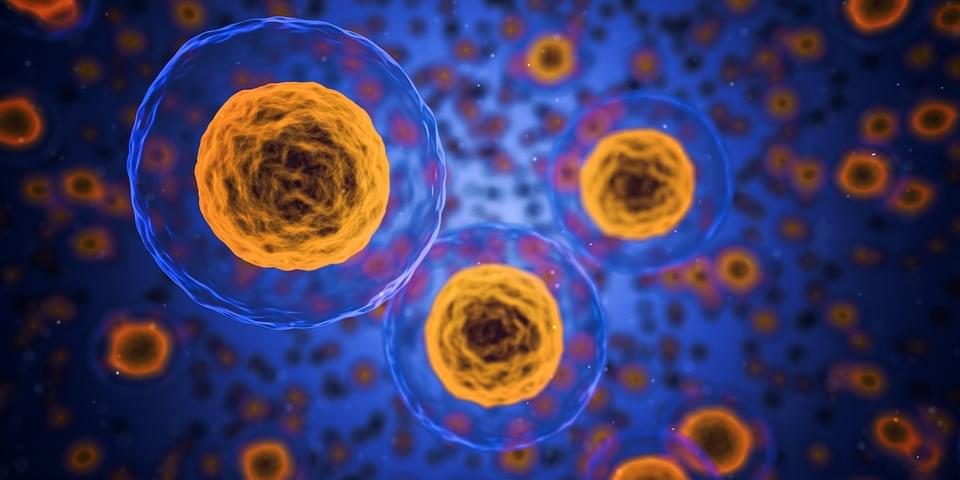“We’ve discovered that it is one thing to build a search engine, and an entirely different thing to convince regular users of the need to switch to a better choice.”
Neeva, which for a while looked like one of the startups with a real chance to challenge the supremacy of Google Search, announced on Saturday that it is shutting down its search engine. The company says it’s pivoting to AI — and may be acquired by Snowflake, The Information.
“Building search engines is hard,” Neeva co-founders Sridhar Ramaswamy and Vivek Raghunathan wrote in a blog post announcing the shutdown.
Neeva was ahead of Google on a lot of things in search — but still couldn’t make users switch.







